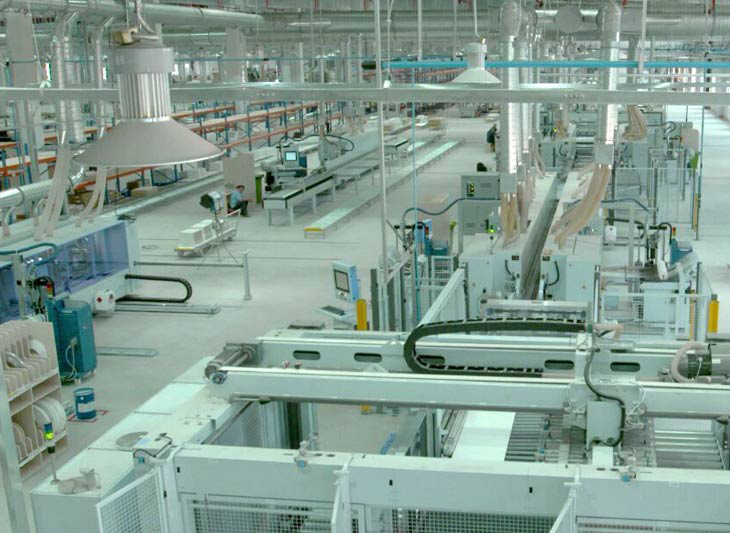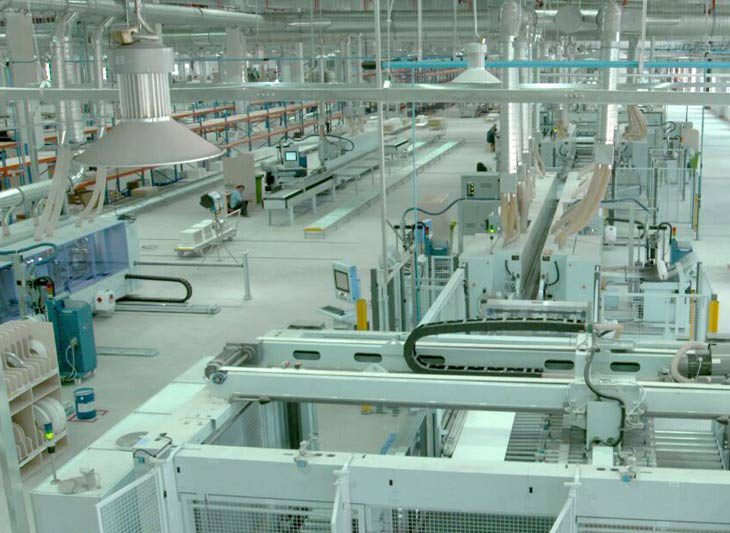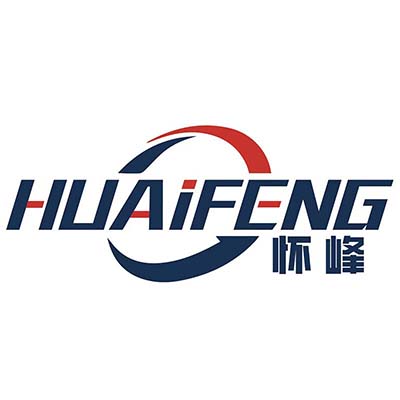
{{ lang?'快速选择':'Quick select' }}:
企业规划是一个意义深远的活动,它的好坏决定效率、成本以及流程、品质,事关企业五年十年的大事。所以企业家们一定要在规划阶段下足功夫,争取做到一朝规划,十年大业!那么规划如此重要,我们如何规划自动化工厂呢?
首先,自动化都包括哪些内容?
自动化包括作业自动化、检测自动化,仓管自动化、物流自动化以及汇报自动化。它有可能是简单的固定自动化、更换工装/夹具自动化的模块自动化,也有可能是诸如压装、车削等整个操作过程自动化,还有可能是物料的自动化配送,也有可能是通过看板实时显示生产进度而拉动物流前进等等。

那么,自动化规划需要具有的哪些意识?
第一,自动化规划要具有超前意识。记得去年有位定制化生产设备的企业家在做新园区投资时咨询我如何规划生产模式。其实这位企业家很不容易,他们公司属于传统行业传统生产模式,几乎全是手工、半自动化操作,也没有什么系统加持。我告诉他首先你要先去外面看看,看看行业头部企业,再看看社会先进代表,然后再说具体的规划。目前国内劳动成本一直在上涨,并且劳动人口对工作岗位、环境及劳动强度和工作班次、时长等都有自己的要求。如果还不从传统的手工作业模式向智能化模式转向的话,未来的路会有些坎坷的。
第二,自动化规划要有系统意识。从一个手工作业模式转向智能化模式,对操作工个人技术能力、责任意识等依赖性减少,但对设备维保要求高了。手工生产模式需要很少,甚至不需要专业的维保人员,也不需要特意的维保计划、设备点检等动作;但到了智能化阶段,对设备维保人员不但有机械、电气能力的要求,同时对软件维护,简单的参数修改等也有一定要求,对基层管理人员的专业水平也有所要求。所以规划要有系统意识,要从全局出发思考。
第三,自动化规划要有成本意识。有些企业规模小、或者目前行业的工艺技能基本都是手工,经过认证论证也不太适合全工序的智能化,更没必要做智能工厂。这个时候就不要脱离实际的盲目追求智能化,当生产规模达不到一定水平的时候,过高的自动化给企业带来的是负担而不是经济效益。
第四,自动化规划要结合现有实际。比如我们的人员水平、社会现有的技能水平,还有我们的行业特性。前段时间一个工厂规划,老板很清楚定制化产品的生产成本高,所以他请我们规划的第一要求就是尽可能的流水线作业。经过我们梳理分析,我们发现现有的机器人对定制化的非规则部件加工还不太成熟,行业内也仅有几个简单的工艺采用了机器人,设备维保工作由生产人员兼职,如果这个时候我们盲目规划灯塔工厂,不但投资成本超高,等布建好了之后这个公司也接不住这种新的生产系统。所以自动化规划一定要结合实际现状,超前但不能太超前。在给这么老板算了一笔账之后,他还是采纳我们的建议,采用离散式为主,AGV穿插传输物料,将部门手工岗位合并升级为一人多机的联合作业模式。
第五,自动化规划要预留智能化接口。现在各地都在积极依靠政策、税收及免费培训等来推动“智转数改”项目,不少企业对现有的生产工厂都升级改造。销售规模上五千万,生产产品幅度超5个,生产面积超万平或仓储物流费用超过营收10%的任意一条,我们新工厂规划的时候都要考虑自动化项目。自动化设备的互联互通,结合云计算等将构成智能化,智能化是自动化的终极目标,最后实现无人化操作。可能我们现有水平不足支撑智能化,也可能是现有的模式不能一步到位智能化,或许现有财力不至于支撑智能化投资,但一定要预留接口,后续随着财力、能力或技术的不断补充而走向智能化。
自动化是从人工作业转向智能化作业的过渡及联系,它起到承上启下的作用,它也是降低生产成本的必然动作,未来的工厂规划一定不能忘记自动化这个关键环节。
Enterprise planning is a far-reaching activity,its quality determines efficiency,cost,process,and quality,and is related to the major events of the enterprise for five to ten years.So entrepreneurs must put in a lot of effort in the planning stage,striving to achieve one-step planning and ten year development!So planning is so important,how do we plan an automated chemical plant?
Firstly,what does automation include?
Automation includes automation of operations,testing,warehouse management,logistics,and reporting.It may be simple fixed automation,modular automation for replacing fixtures/fixtures,automation of the entire operation process such as pressing and turning,automation of material distribution,or real-time display of production progress through kanban to drive logistics forward,etc.

So,what awareness does automation planning require?
Firstly,automation planning should have a proactive awareness.I remember last year,an entrepreneur with customized production equipment consulted me on how to plan production models when investing in a new park.In fact,this entrepreneur is not easy.Their company belongs to the traditional production mode of traditional industries,almost all of which are manual and semi-automatic operations,and there is no system support.I told him that first of all,you need to go outside and take a look at the top companies in the industry,then look at the advanced representatives of society,and then talk about specific plans.At present,labor costs in China have been rising,and the workforce has its own requirements for job positions,environment,labor intensity,work shifts,and duration.If we don't shift from traditional manual operation mode to intelligent mode,the future road will be somewhat bumpy.
Secondly,automation planning should have a systematic awareness.Moving from a manual operation mode to an intelligent mode reduces the dependence on the operator's personal technical ability and sense of responsibility,but requires higher equipment maintenance requirements.The manual production mode requires very little or even no professional maintenance personnel,nor does it require special maintenance plans,equipment inspections,and other actions;But in the intelligent stage,there are requirements for equipment maintenance personnel not only in terms of mechanical and electrical capabilities,but also in terms of software maintenance,simple parameter modifications,and the professional level of grassroots management personnel.So planning should have a systematic awareness and consider from a global perspective.
Thirdly,automation planning should have cost awareness.Some enterprises are small in scale,or the process skills in the current industry are mostly manual,and after certification and verification,they are not suitable for the intelligence of the entire process,let alone the need to build intelligent factories.At this point,do not blindly pursue intelligence away from reality.When the production scale cannot reach a certain level,excessive automation brings burden to the enterprise rather than economic benefits.
Fourthly,automation planning should be combined with existing reality.For example,our personnel level,the existing skill level in society,and the characteristics of our industry.A while ago,during a factory planning,the boss was very aware that the production cost of customized products was high,so his first requirement for us to plan was to have as many assembly lines as possible.After our analysis and analysis,we found that the existing robots are not yet mature in processing customized irregular components,and only a few simple processes in the industry use robots.Equipment maintenance work is done part-time by production personnel.If we blindly plan a lighthouse factory at this time,not only will the investment cost be extremely high,but once the layout is completed,the company will not be able to take on this new production system.So automation planning must be combined with the actual situation,advanced but not too advanced.After calculating an account for the boss,he still adopted our suggestion to use discrete mode as the main method,with AGV interspersed material transmission,and upgraded the manual positions of the department to a joint operation mode of one person and multiple machines.
Fifth,automation planning should reserve intelligent interfaces.Nowadays,various regions are actively relying on policies,taxes,and free training to promote the"smart transformation and digital transformation"project,and many enterprises are upgrading and renovating their existing production factories.When planning our new factory,we need to consider automation projects for any item with a sales scale of 50 million yuan,a production range of over 5 products,a production area of over 10000 square meters,or storage and logistics costs exceeding 10%of revenue.The interconnection and interworking of automation equipment,combined with cloud computing,will form intelligence,which is the ultimate goal of automation and ultimately achieve unmanned operation.Perhaps our current level is insufficient to support intelligence,or perhaps our existing model cannot achieve intelligence in one step.Perhaps our existing financial resources are not enough to support intelligent investment,but we must reserve interfaces and move towards intelligence with the continuous supplementation of financial resources,capabilities,or technology in the future.
Automation is the transition and connection from manual operations to intelligent operations.It plays a connecting role and is also an inevitable action to reduce production costs.Future factory planning must not forget the key link of automation.






